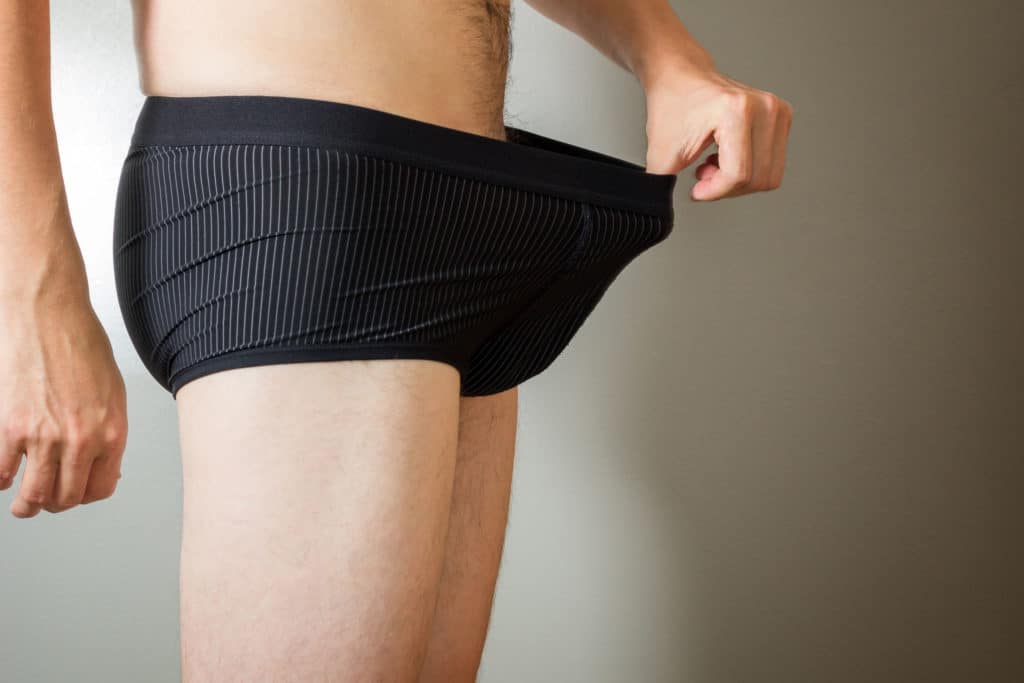Commonly known by young people as crabs, in scientific terms are called lice ‘phthirus’. Lice occurs on the body where there is hair such as the armpits, legs, head, beard, eyelashes and the pubic area.
Pubic lice are tiny parasites. Under a microscope they have appendages that resemble sea crabs. Lice is spread through sexual activity but can also be transmitted through contaminated linens like sheets and towels as well as clothing.
Pubic lice feed on blood and like a mosquito bite, leaves you itchy. There are fallacies about crabs that are untrue. For example, lice cannot be caught due to dirty toilets and they don’t jump around like fleas. Instead, they lay eggs (‘nits’) close to the skin on top of the hair shaft and suck your blood.
How can you tell if you have contracted lice? There are 10 signs of crabs infecting the genital area of both men and women. These include the following.
1. Recognizing the Signs of Pubic Lice
Adults affected with lice around the pelvic area can often see them. Adult lice can grow as large as 2.0mm in length with a wide body. As they gorge on blood, they become enlarged making it easier to see them.
Because we wear underwear, the pubic area is always dark. This is the environment that lice enjoy and are most active. When we remove our underwear and light penetrates the pubic cavities, the lice lie in a dormant state. Adult lice that can be seen with the naked eye are generally grayish white or yellowish in color.
